Crushing the Responsive Beast: Crafting a Pixel-Perfect UI through Effective Buttery Smooth-Scaling
Hey guys, it's been a bumpy couple of days. For some strange reason, I haven't been feeling 100% in the last few days, so I've been focusing on bouncing back. And as of today, well, fellas...I'm officially back from feeling emo EMO. You know what that's like, right? What do you usually do to help you bounce back more quickly? Any good tips/ideas to share? Media Queries are a Thing of the Past As someone who has worked with Media Queries since the beginning, I have plenty of firsthand experience with their useful benefits and limitations. When media queries were first made available to web developers/designers, they were troublesome and often not very friendly for developers to use. But back then, it was the only available option, so there was nothing we could complain about. /* What media queries might look like. */ @media screen and (min-width: 1600px) { } @media screen and (min-width: 1440px) { } @media screen and (min-width: 1280px) { } @media screen and (min-width: 1024px) { } @media screen and (min-width: 768px) { } It is also worth noting that back then, mobile devices had a very limited range of screen sizes, and dimensions were relatively narrow. So, using media queries to set up a series of styling options didn't feel as much work as it would be today. Today, when working with any kind of customer-facing website, it is crucial to ensure that the UI can scale smoothly and dynamically. To make matters more challenging, we also have split-screen options on tablet devices. That means, when a user is dragging the view horizontally, we need to ensure that our UI doesn't feel janky. Larger Screen Estates & Wide-ranging Screen Sizes One thing that the old responsive web design standards haven't caught up with is the growing number of hardware displays that are no longer stuck in the old CRT monitor and 1024px width. Even fewer laptops come with a default 1400 x 900px resolution. For years, I have always felt like the responsive web design guidelines are still stuck in the 2010s. And it is time for us to move on. Today, we have a much larger screen estate (for nearly 80% of the world's population that faces a monitor to some degree in their daily lives). Therefore, I believe that it is way past time for us to update our responsive web design standards. Designing a UI Scaling System that is Independent on Hardware Specs and User-Controlled Scaling Factors The other thing that is becoming more and more common today is the custom scaling factors that are built into various desktop environments. For example, when I was using a laptop with a stated 3K screen resolution (i.e. 3200px), the default Windows scaling factor was 150% or 175%. I can't remember. And because of that, everything on the desktop has been scaled up. Now, the other thing that web designers and devs cannot account for, and should never depend on, is the user's web browser zoom size. I'm currently working with a 1440px monitor at home, so I often prefer to view my web pages at 150%. Now, assuming that everything at 150% looks perfect/ideal, I would then use that as a gauge for the kind of size my web app should be, regardless of the browser's zoom factor, or my desktop's zoom factor. Introducing a More Fluid, Buttery Smooth, Scaling Part of the reason I'm loving my current FocusFlow web project more and more is how simple the idea is. Working with simple ideas gives us more room to tinker and experiment, and in this case, push the boundaries of what is possible. function calcFontSettings(width: number): string { if (width >= 1600) { setBtnIconSize(Math.floor(1.65 * 20)); return "1.65rem"; } else if (width >= 768 && width < 1600) { let currScaleFactor = 1 + (((width - 768) / (1600 - 768)) * .65); setBtnIconSize(Math.round(currScaleFactor * 20)); return `${currScaleFactor}rem`; } else { // Anything smaller, we can assume to be a mobile phone. setBtnIconSize(Math.floor(0.95 * 20)); return "0.95rem"; } } What I'm showing you here in this article is something that I've been experimenting with, a way to calculate the font size, line height, and icon size that I can use for my UI in real time. It is a work in progress, but I can scale everything from the texts in a KendoReact button to the slightly more complex CircularProgressBar that I created earlier in the week. Set Focus Time As you can see from the above code snippet, I have my work cut out for me this weekend. I want to enable smooth scaling for everything in my web app. So, no matter the page is width, the app will scale nicely and proportionally according to the dimensions of the layout (independent of user's screen scaling factors). Closing Words So, who says that media queries are the only way to build a truly responsive web design? I think if any web designer or dev tries to make that statement now, you know that it is a lie. Media Queri

Hey guys, it's been a bumpy couple of days. For some strange reason, I haven't been feeling 100% in the last few days, so I've been focusing on bouncing back. And as of today, well, fellas...I'm officially back from feeling emo EMO. You know what that's like, right? What do you usually do to help you bounce back more quickly? Any good tips/ideas to share?
Media Queries are a Thing of the Past
As someone who has worked with Media Queries since the beginning, I have plenty of firsthand experience with their useful benefits and limitations. When media queries were first made available to web developers/designers, they were troublesome and often not very friendly for developers to use. But back then, it was the only available option, so there was nothing we could complain about.
/* What media queries might look like. */
@media screen and (min-width: 1600px) {
}
@media screen and (min-width: 1440px) {
}
@media screen and (min-width: 1280px) {
}
@media screen and (min-width: 1024px) {
}
@media screen and (min-width: 768px) {
}
It is also worth noting that back then, mobile devices had a very limited range of screen sizes, and dimensions were relatively narrow. So, using media queries to set up a series of styling options didn't feel as much work as it would be today.
Today, when working with any kind of customer-facing website, it is crucial to ensure that the UI can scale smoothly and dynamically. To make matters more challenging, we also have split-screen options on tablet devices. That means, when a user is dragging the view horizontally, we need to ensure that our UI doesn't feel janky.
Larger Screen Estates & Wide-ranging Screen Sizes
One thing that the old responsive web design standards haven't caught up with is the growing number of hardware displays that are no longer stuck in the old CRT monitor and 1024px width. Even fewer laptops come with a default 1400 x 900px resolution. For years, I have always felt like the responsive web design guidelines are still stuck in the 2010s. And it is time for us to move on.
Today, we have a much larger screen estate (for nearly 80% of the world's population that faces a monitor to some degree in their daily lives). Therefore, I believe that it is way past time for us to update our responsive web design standards.
Designing a UI Scaling System that is Independent on Hardware Specs and User-Controlled Scaling Factors
The other thing that is becoming more and more common today is the custom scaling factors that are built into various desktop environments. For example, when I was using a laptop with a stated 3K screen resolution (i.e. 3200px), the default Windows scaling factor was 150% or 175%. I can't remember. And because of that, everything on the desktop has been scaled up. Now, the other thing that web designers and devs cannot account for, and should never depend on, is the user's web browser zoom size. I'm currently working with a 1440px monitor at home, so I often prefer to view my web pages at 150%.
Now, assuming that everything at 150% looks perfect/ideal, I would then use that as a gauge for the kind of size my web app should be, regardless of the browser's zoom factor, or my desktop's zoom factor.
Introducing a More Fluid, Buttery Smooth, Scaling
Part of the reason I'm loving my current FocusFlow web project more and more is how simple the idea is. Working with simple ideas gives us more room to tinker and experiment, and in this case, push the boundaries of what is possible.
function calcFontSettings(width: number): string {
if (width >= 1600) {
setBtnIconSize(Math.floor(1.65 * 20));
return "1.65rem";
} else if (width >= 768 && width < 1600) {
let currScaleFactor = 1 + (((width - 768) / (1600 - 768)) * .65);
setBtnIconSize(Math.round(currScaleFactor * 20));
return `${currScaleFactor}rem`;
} else { // Anything smaller, we can assume to be a mobile phone.
setBtnIconSize(Math.floor(0.95 * 20));
return "0.95rem";
}
}
What I'm showing you here in this article is something that I've been experimenting with, a way to calculate the font size, line height, and icon size that I can use for my UI in real time. It is a work in progress, but I can scale everything from the texts in a KendoReact button to the slightly more complex CircularProgressBar that I created earlier in the week.
As you can see from the above code snippet, I have my work cut out for me this weekend. I want to enable smooth scaling for everything in my web app. So, no matter the page is width, the app will scale nicely and proportionally according to the dimensions of the layout (independent of user's screen scaling factors).
Closing Words
So, who says that media queries are the only way to build a truly responsive web design? I think if any web designer or dev tries to make that statement now, you know that it is a lie. Media Queries are janky in today's standards and hardware capabilities. So, perhaps we really need to consider some way, a more efficient way for crafting buttery smooth scaling for our UIs.



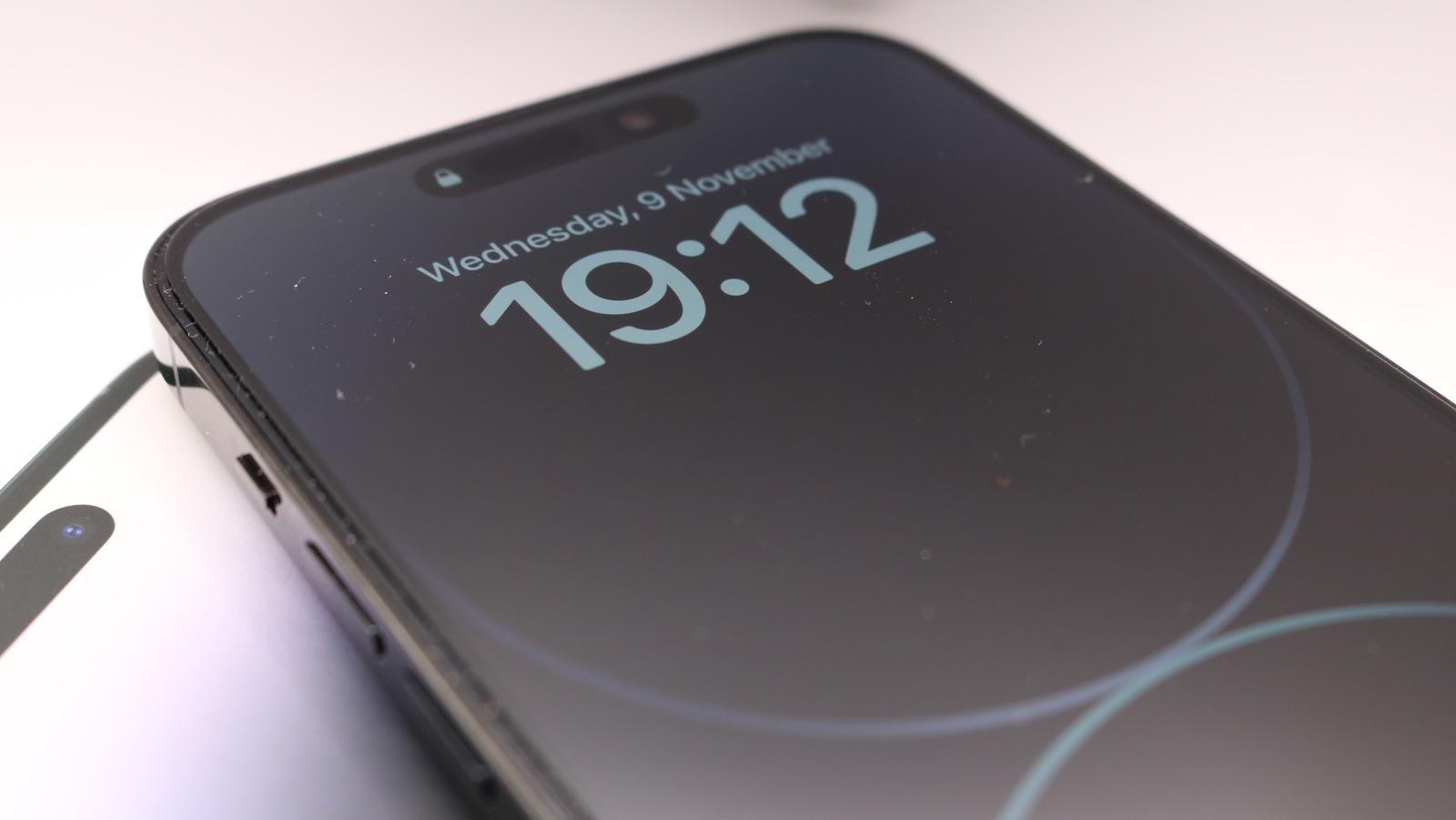
















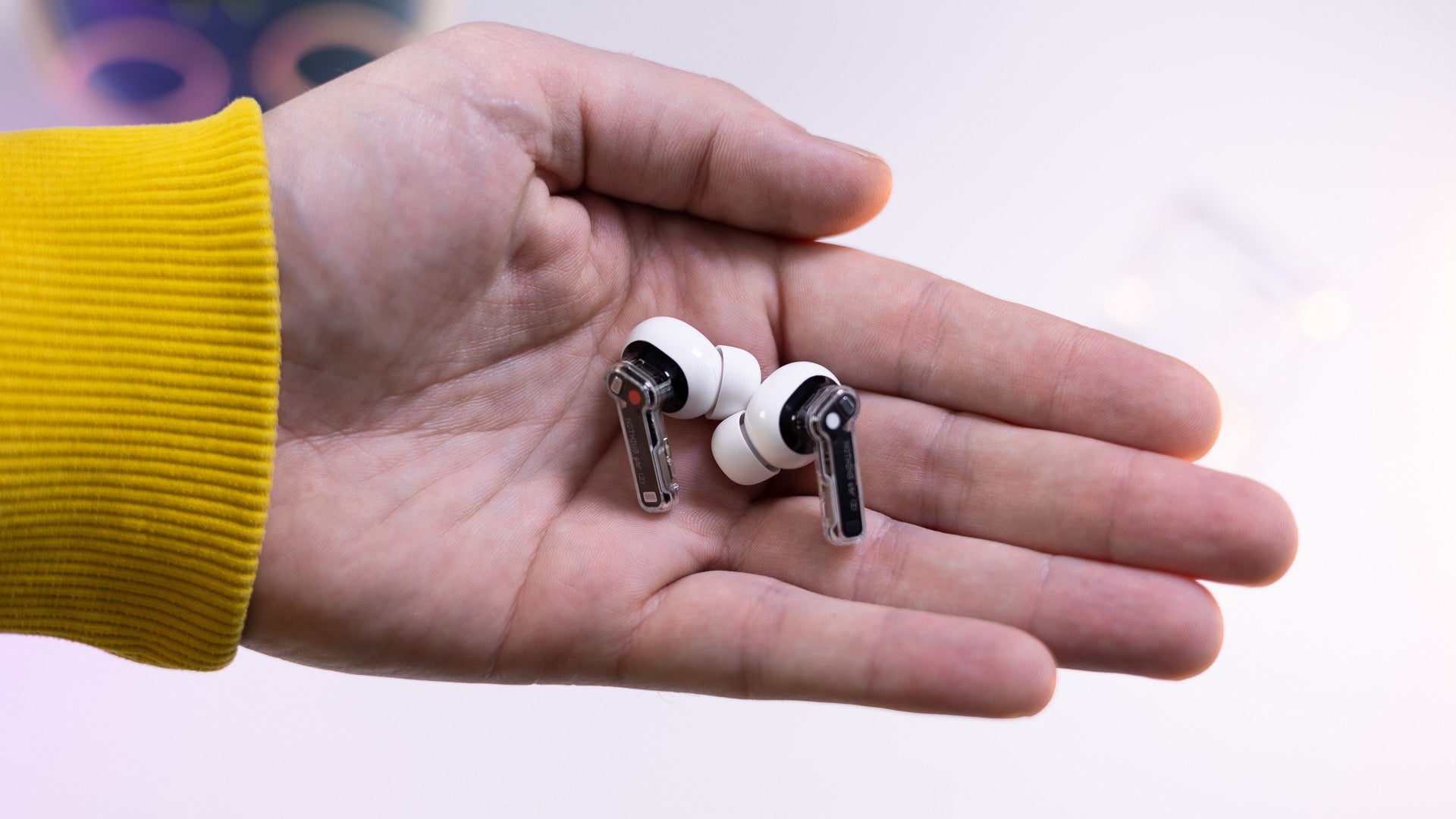

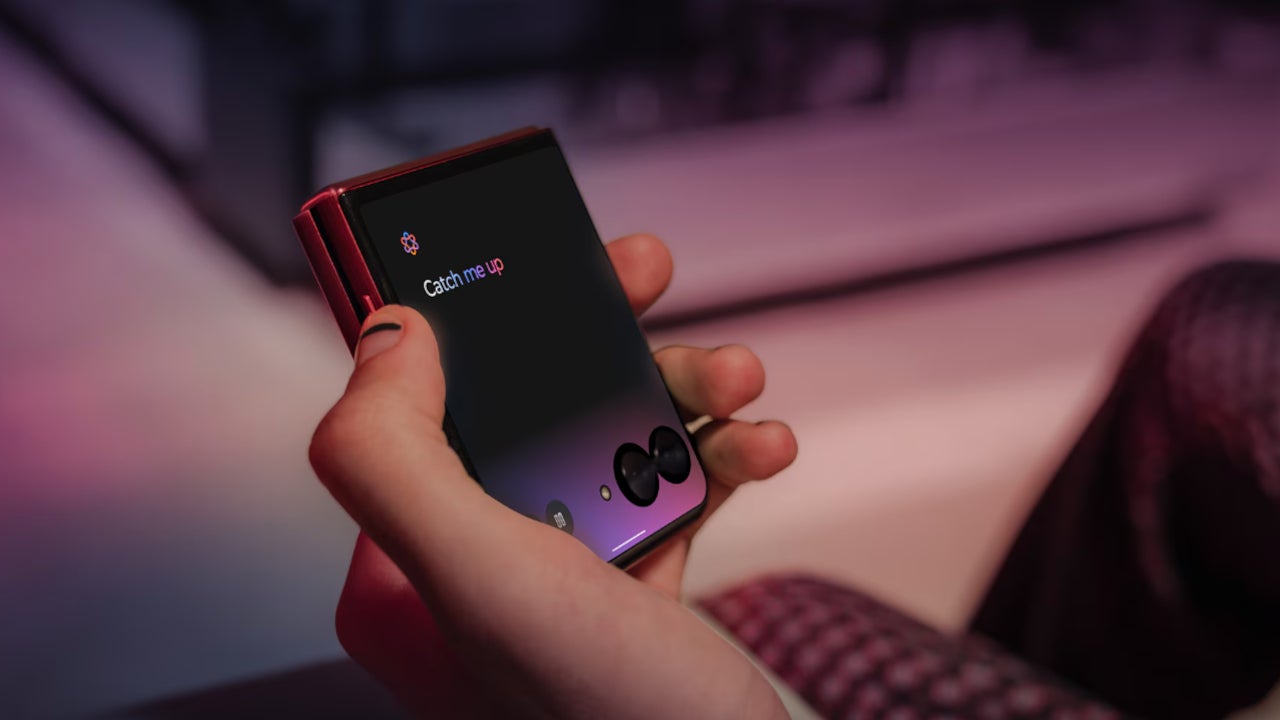











































![Apple Drops New Immersive Adventure Episode for Vision Pro: 'Hill Climb' [Video]](https://www.iclarified.com/images/news/97133/97133/97133-640.jpg)

![Most iPhones Sold in the U.S. Will Be Made in India by 2026 [Report]](https://www.iclarified.com/images/news/97130/97130/97130-640.jpg)




















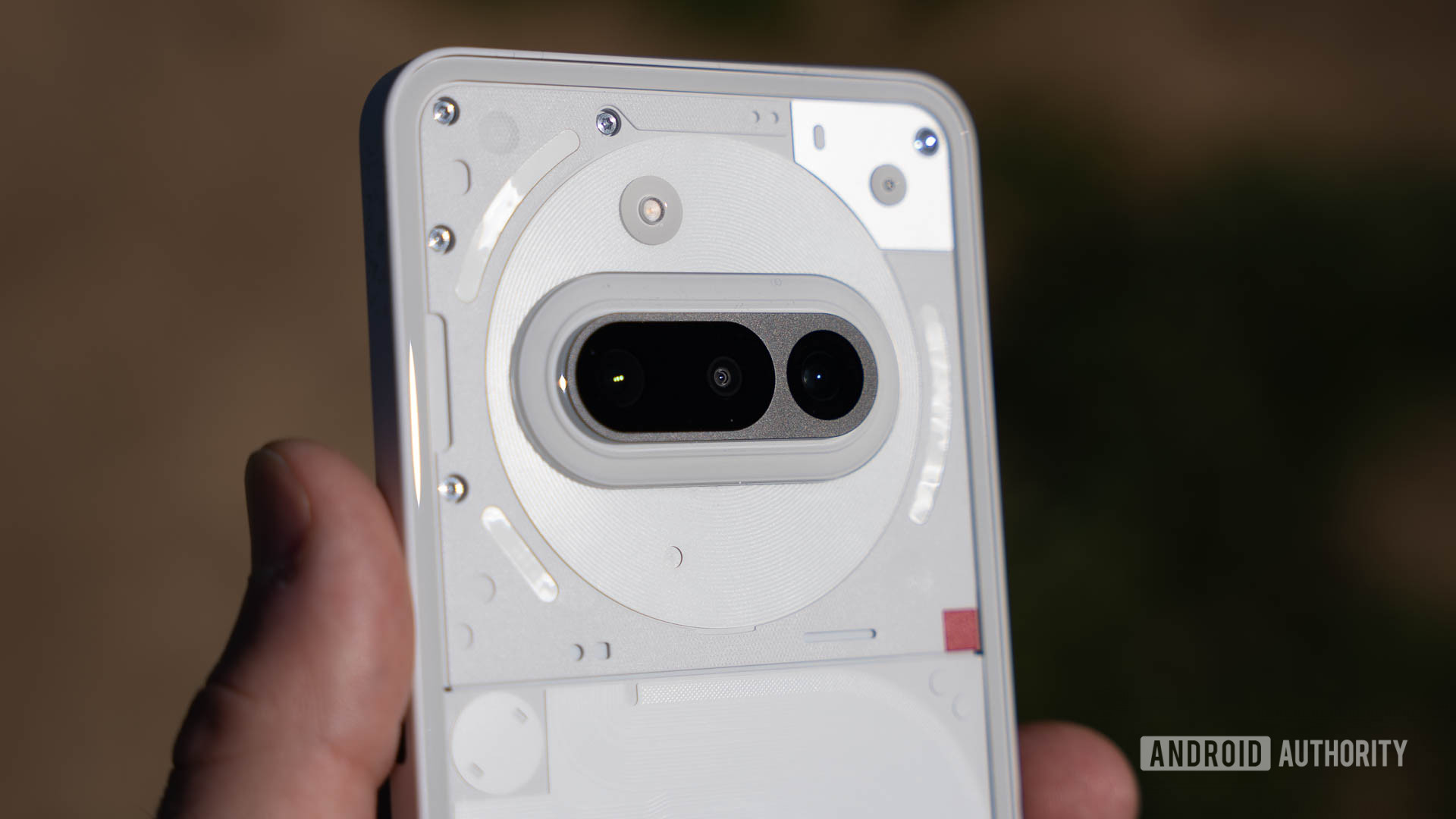

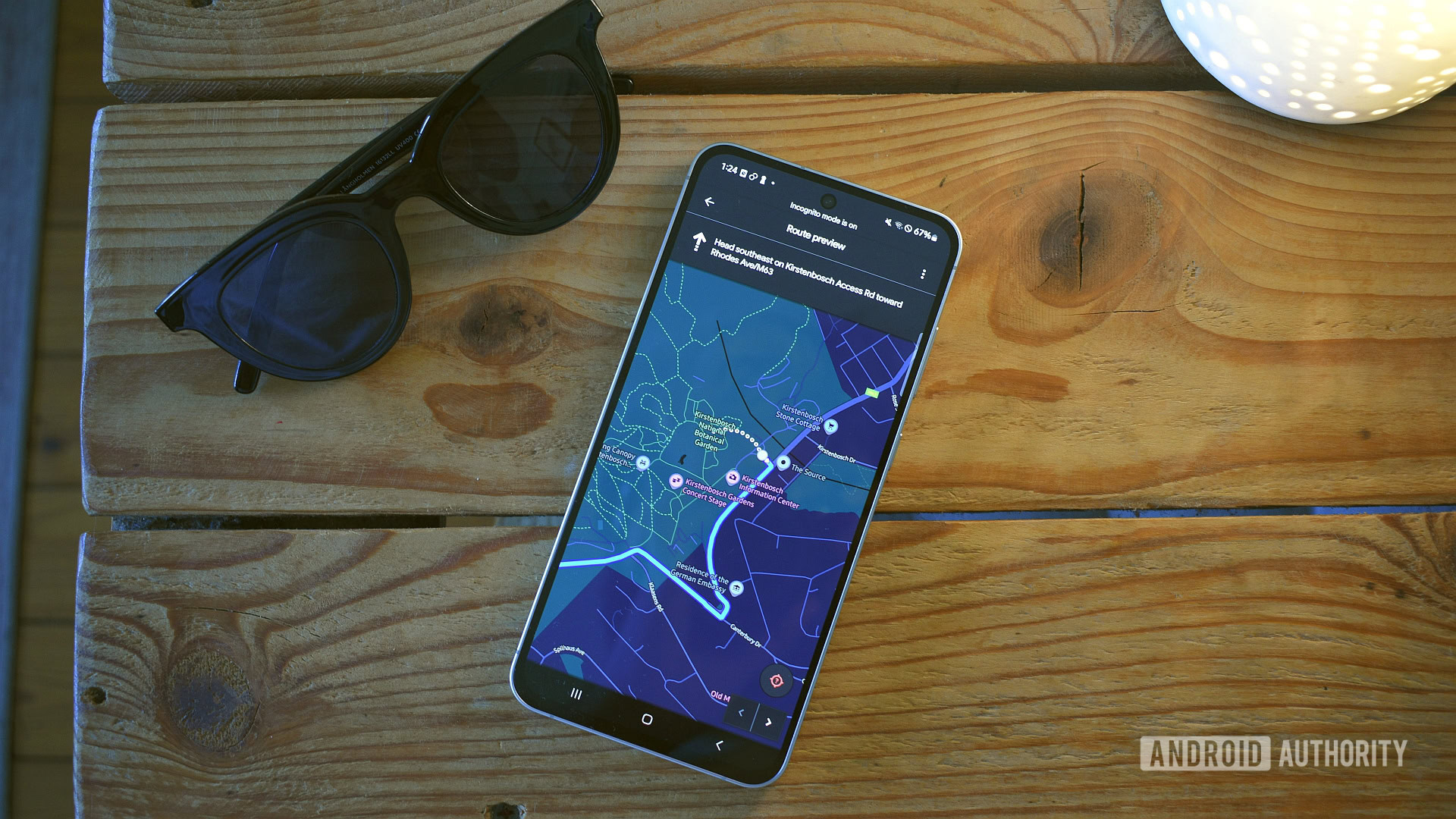

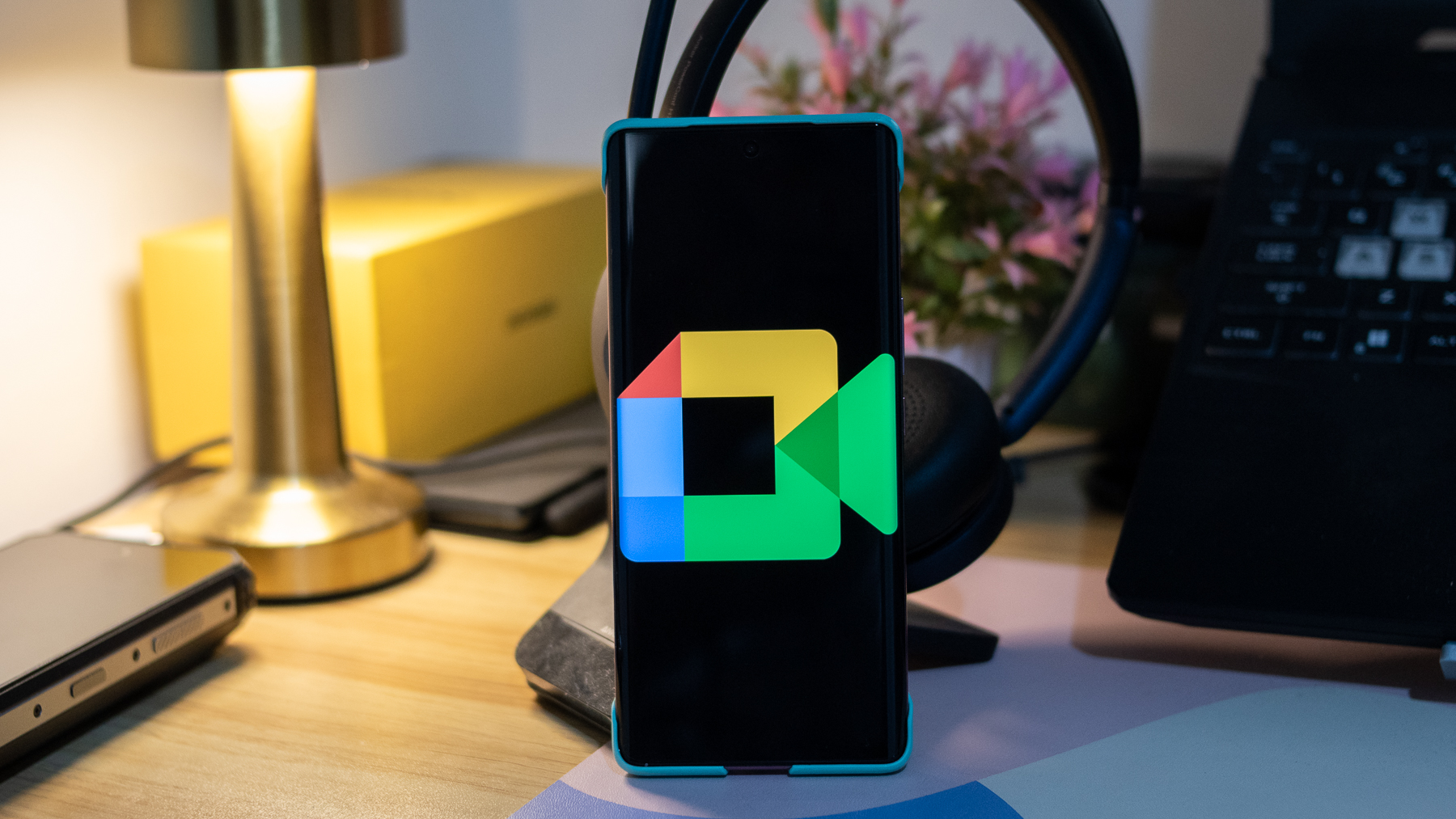



















































































_Olekcii_Mach_Alamy.jpg?width=1280&auto=webp&quality=80&disable=upscale#)






















































































![[The AI Show Episode 144]: ChatGPT’s New Memory, Shopify CEO’s Leaked “AI First” Memo, Google Cloud Next Releases, o3 and o4-mini Coming Soon & Llama 4’s Rocky Launch](https://www.marketingaiinstitute.com/hubfs/ep%20144%20cover.png)





































































































































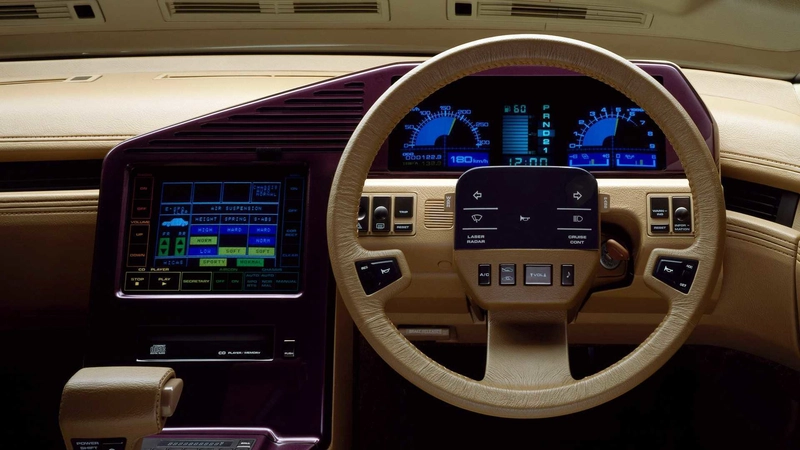























































































.jpg?width=1920&height=1920&fit=bounds&quality=70&format=jpg&auto=webp#)








